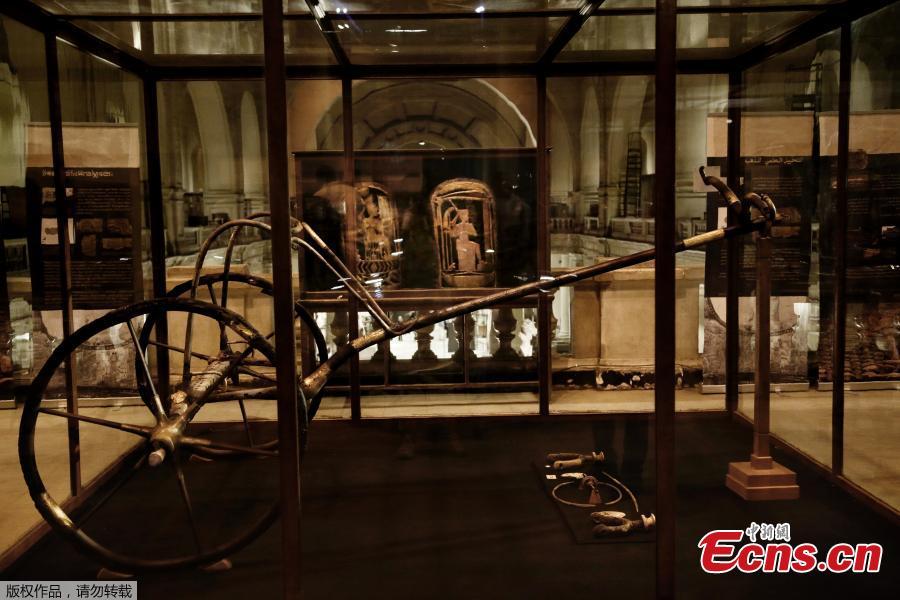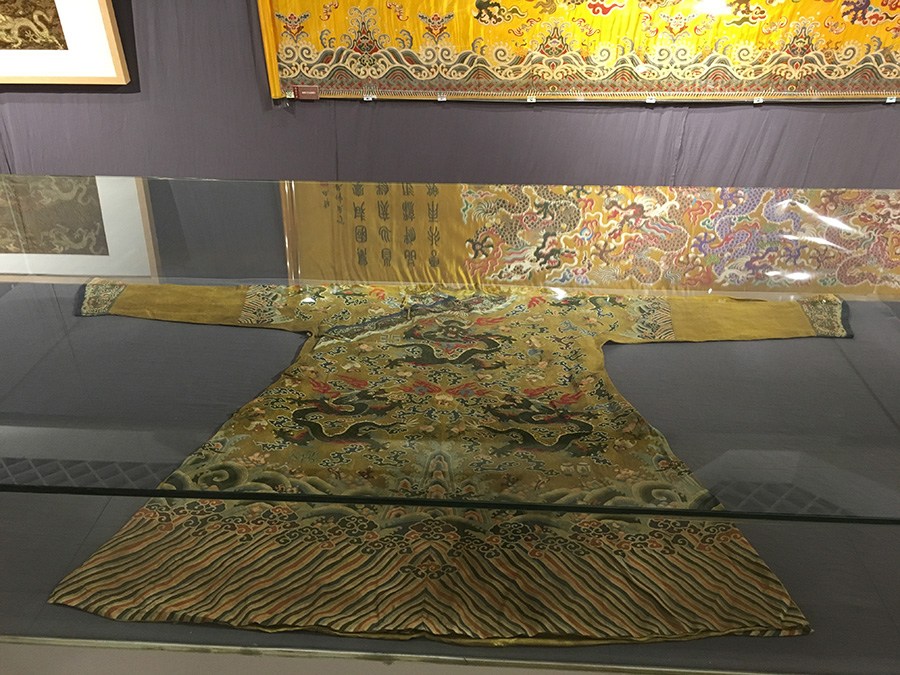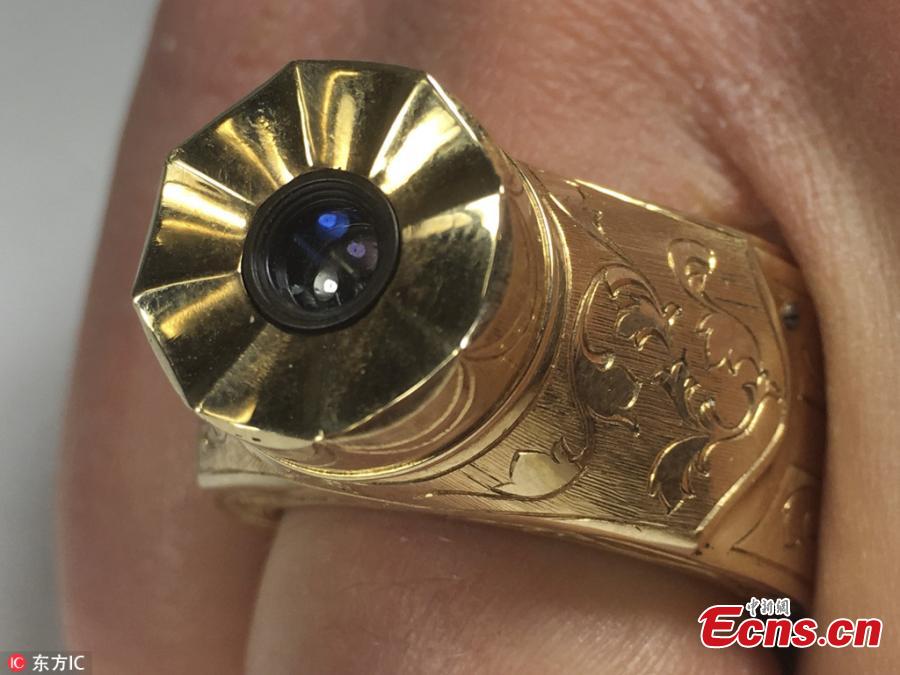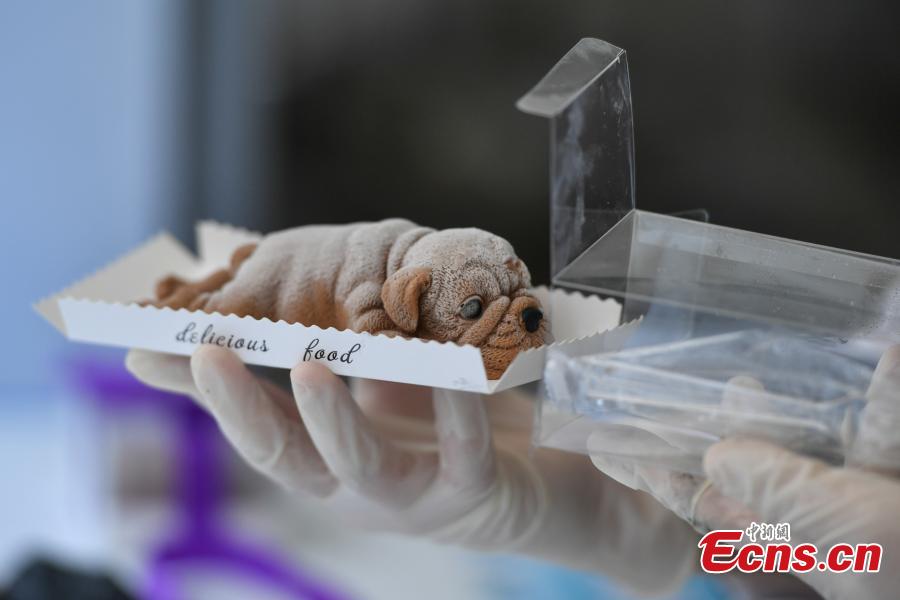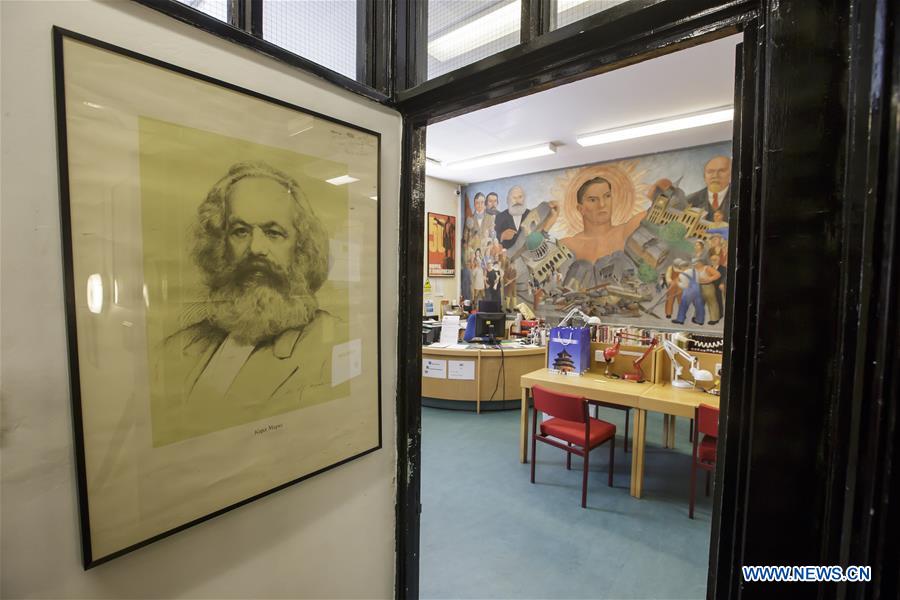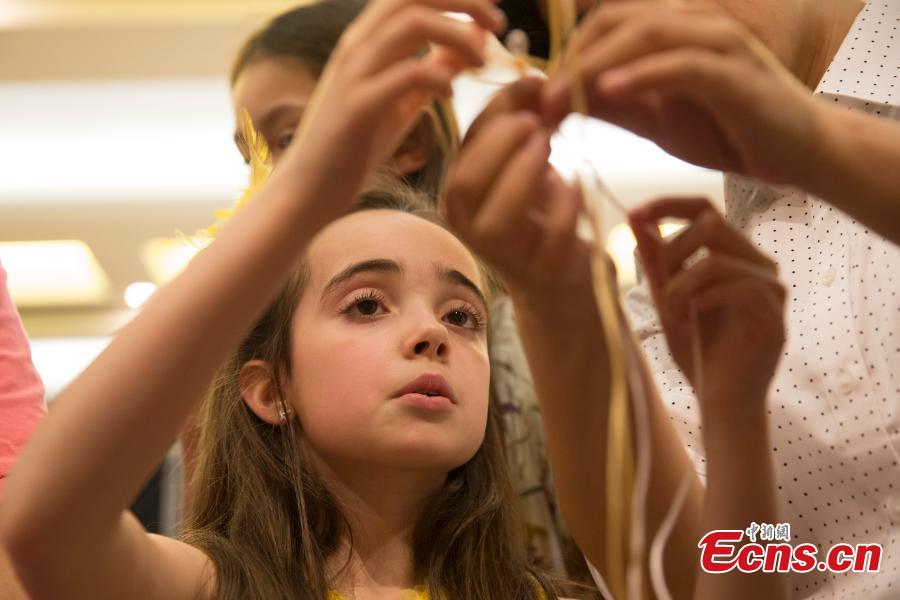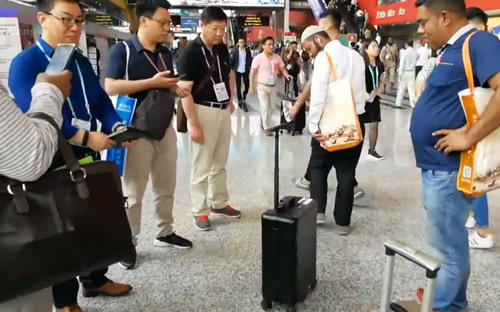American biologists have developed a new gene-editing platform making the previously blunt cutting tool more like a word processor by enabling an efficient "search and replace" function for genetic material.
In a paper published on Monday in the journal Nature Biotechnology, scientists at the Joint Institute of Metrology and Biology (JIMB) revealed a platform called "multiplexed accurate genome editing with short, trackable, integrated cellular barcodes," or MAGESTIC.
MAGESTIC can produce a sevenfold increase in cell survival during the editing process, according to the study conducted by the researchers.
The researchers said the currently popular gene-editing tool CRISPR was as clumsy as using scissors to edit a newspaper, with which one can cut out words, but it's difficult to remove individual letters or instantly know how the cuts affect the meaning of the text.
CRISPR stands for Clustered Regularly Interspaced Short Palindromic Repeats, the hallmark of a bacterial defense system that forms the basis for CRISPR-Cas9 genome editing technology.
"MAGESTIC is like an advancement in the 'control F' [find text] operation of a word-processing program, with the replace-text command allowing a desired change. This lets us really poke at the cell in a very precise way and see how the change affects cell function," said JIMB scientist Kevin Roy, a MAGESTIC developer.
"Then we can compare the actual effects of each variant with the computationally predicted effects, and ultimately improve models for predicting how genetic variants impact health and disease," said Roy.
When the CRISPR tool is used, random mutations tend to occur at cut sites in the cell's DNA, often because the DNA strands rejoin in unpredictable ways. Also, lots of cells don't survive the editing process at all. Building accurate predictions for gene editing remains, therefore, extremely challenging.
Instead, MAGESTIC provided a major advance in gene-editing technology, aiding the cell in this search by artificially recruiting the designed donor DNA directly to the cut site in a process termed "active donor recruitment."
Such recruitment caused a sevenfold increase in cell survival, a change that surprised the research team with its efficiency and effectiveness.
The "donor" DNA is usually used as a template with which the cell's DNA repair machinery replace the original sequence at the cut site. It was previously an enormous challenge for the cell because DNA repair machinery must search among millions to billions of base pairs of DNA sequence to find the correct "donor" DNA.
Also, MAGESTIC is a new kind of cellular barcode. Researchers have traditionally used small bits of circular DNA, known as plasmids, to express the guide RNAs and to store barcodes to track the designed mutations in each cell.
But the plasmid barcodes can vary widely in number, with anywhere from 10 to 40 appearing in each cell, thus resulting in an inaccurate measure of cell abundance.
In MAGESTIC, barcodes are integrated into chromosomes instead. This makes them stable and easy to find and count later.
"We are reaching a state where we have not only achieved the ability to sequence the order of base pairs in genomes but we can also make changes to them. We still need a better understanding of the consequences of our edits," said JIMB's Lars Steinmetz, professor of genetics at Stanford University and senior author on the paper.
"With MAGESTIC it's like being able to make small edits to individual letters in a book, and being able to see what effect it has on the meaning of the text. Our donor recruitment method also allows the new piece of information to be placed at exactly the right page where the cut occurred," Steinmetz said.















